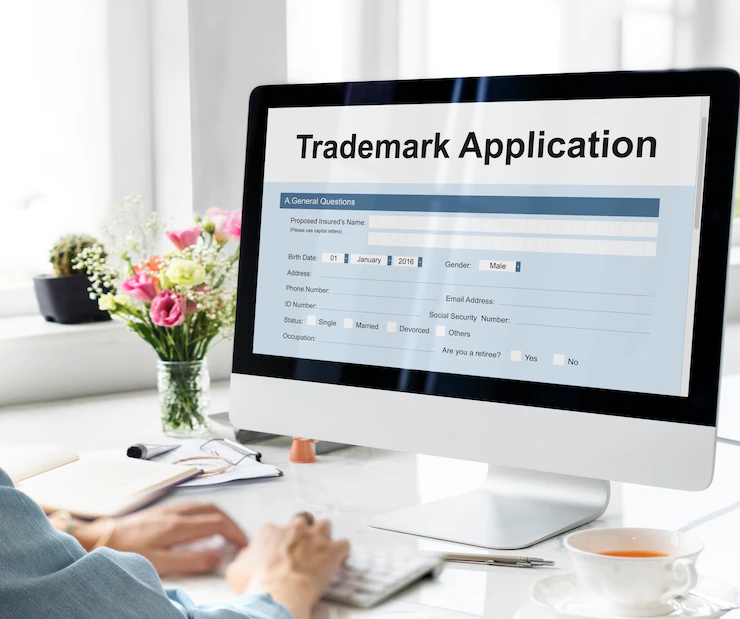The Ultimate 10-Step Checklist For Starting A Staffing Agency
4 Mins Read
Published on: 15 July 2022
Last Updated on: 14 November 2024

toc impalement
The pandemic’s repercussions have had far-reaching ramifications in the job sector. In what has been nicknamed the “Great Resignation,” more individuals than ever are quitting their former jobs in pursuit of something better.
Starting a hiring business today may be a better moment than ever for ambitious entrepreneurs.
But what are the prerequisites for establishing an employment agency? In this post, we’ll walk you through the basics of establishing a staffing agency using our checklist guide.
Most Important Facts To Look For In Starting A Staffing Agency
Overview:
- Create Your Business Strategy
- Register Your Company Name As A Trademark
- Get Your Employee Identification Number (EIN)
- Ensure The Funding
- Set Up A Bank Account And Obtain The Needed Licenses
- Obtain Business Insurance
- Tax Categorization And Payment Arrangement
- Create A Marketing Strategy And A Website
- Get The Appropriate Tools
- Start Seeking And Interviewing Potential Applicants
1. Create Your Business Strategy
Every startup needs a good business plan that outlines the path ahead. Almost every failing company attempt is the consequence of a poorly thought-out concept. For that reason, begin your staffing agency business plan by outlining your company objectives and how you intend to achieve them.
It should cover all the major aspects of how your company will be established, financed, promoted, and operated. It must be clear enough for an outside audience to comprehend its primary themes. Having this right from the start will make the remainder of the steps in this easier.
2. Register Your Company Name As A Trademark
Choose a suitable name for your company. It should be simple to remember and attract the audience. After ensuring that it is not currently in use by another firm, trademark it and register it with your local authorities.

Now is also an excellent moment to buy a domain blog or website. There is no need to create a full website at this time, but it may be useful to create a basic “Coming Soon” landing page using a free website maker.
3. Get Your Employee Identification Number (EIN)
For tax purposes, all US-based firms require an EIN. This is simple to accomplish online for free on the IRS website and shouldn’t take more than 15 minutes.
To apply, you must be the primary owner of the company entity and have a registered Taxpayer Identification Number (SSN, ITIN, or EIN).
4. Ensure The Funding
Every business needs capital to get started, and there are several options. You might apply for a small company loan or grant, look for private investors, or pool your funds with your co-founders.

You’ll need your strategic plan and a pitch deck outlining your financial predictions, possibilities, and growth strategy if you’re looking for a loan or private investment. If any investors are going to be board members, you’ll also require a Corporate Director Agreement.
5. Set Up A Bank Account And Obtain The Needed Licenses
A company bank account will be required to guarantee that all of your costs are properly recorded. You’ll need your EIN, business establishment documentation, ownership agreements, and business permits for this.
Make a list of all the licenses and permissions you’ll need for your business. These will differ depending on where you live and if your business will be run from your home or a professional place.
6. Obtain Business Insurance
Obtaining the proper insurance is a step that no business can afford to skip. Your chosen insurance should cover almost every imaginable scenario.

Staffing companies, for example, will undoubtedly require general liability insurance, professional liability insurance, and worker’s compensation insurance. A company attorney can also assist you with this.
7. Tax Categorization And Payment Arrangement
To be in good legal standing, your company must satisfy its federal, state, and local tax responsibilities. These will differ depending on your area and business structure.
Consult with the IRS to determine which taxes apply to you. Income tax, self-employment tax, estimated tax, and employers’ tax are the five major forms of company taxes.
8. Create A Marketing Strategy And A Website
Your business strategy should have given you a good idea of how you want to advertise your staffing service. Now it’s time to elaborate on it and go into more specifics such as:

1. A summary of your objectives; 2. The key performance indicators (KPI) you'll use to track your success; 3. Describe your target audience; 4. Competition summary.
9. Get The Appropriate Tools
A contemporary business necessitates the use of current tools and technologies. Begin assessing the tools and service providers that will save you time and money while streamlining the day-to-day operations of your organization.
A candidate tracking system, for example, as well as a bookkeeping and payroll system. Consider everything that helps you to automate time-consuming activities.
10. Start Seeking And Interviewing Potential Applicants
You’re in the business of providing temporary workers, so start assembling a pool of prospects to distribute to your clients. You may make this process easier by utilizing some of the recruitment tools you’ve chosen.

Create a systematic approach to finding, vetting, interviewing, and placing the people you’ve chosen.
Final Thoughts
There you have it, your ten-step checklist for taking your staffing agency from 0 to 100. Clearly, this is something you’ll want to revisit and update over time. Every employment firm will have its own approach to how things are conducted and what is prioritized. However, no employment firm can afford to omit any of these critical processes.
Additionals:


















Comments Are Closed For This Article